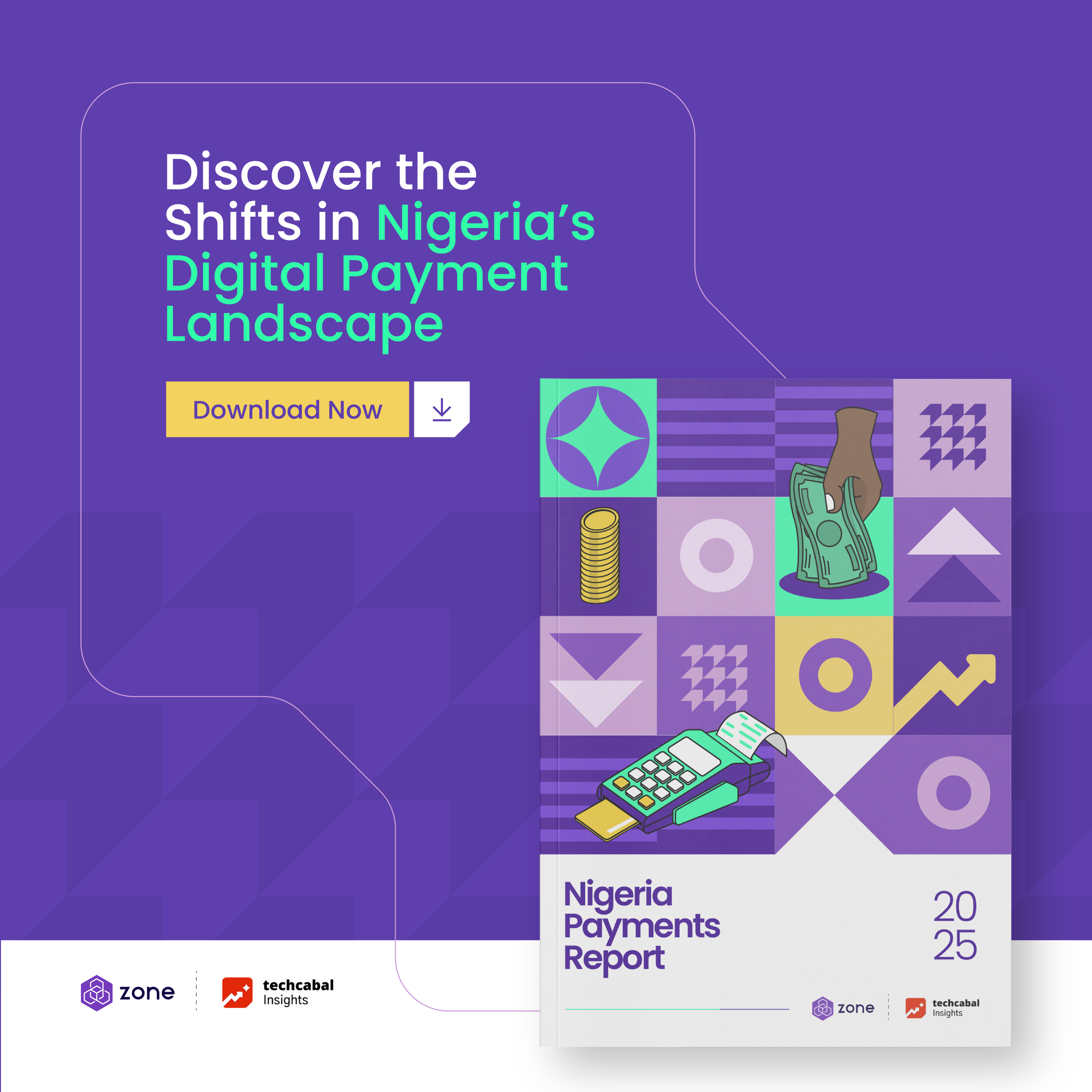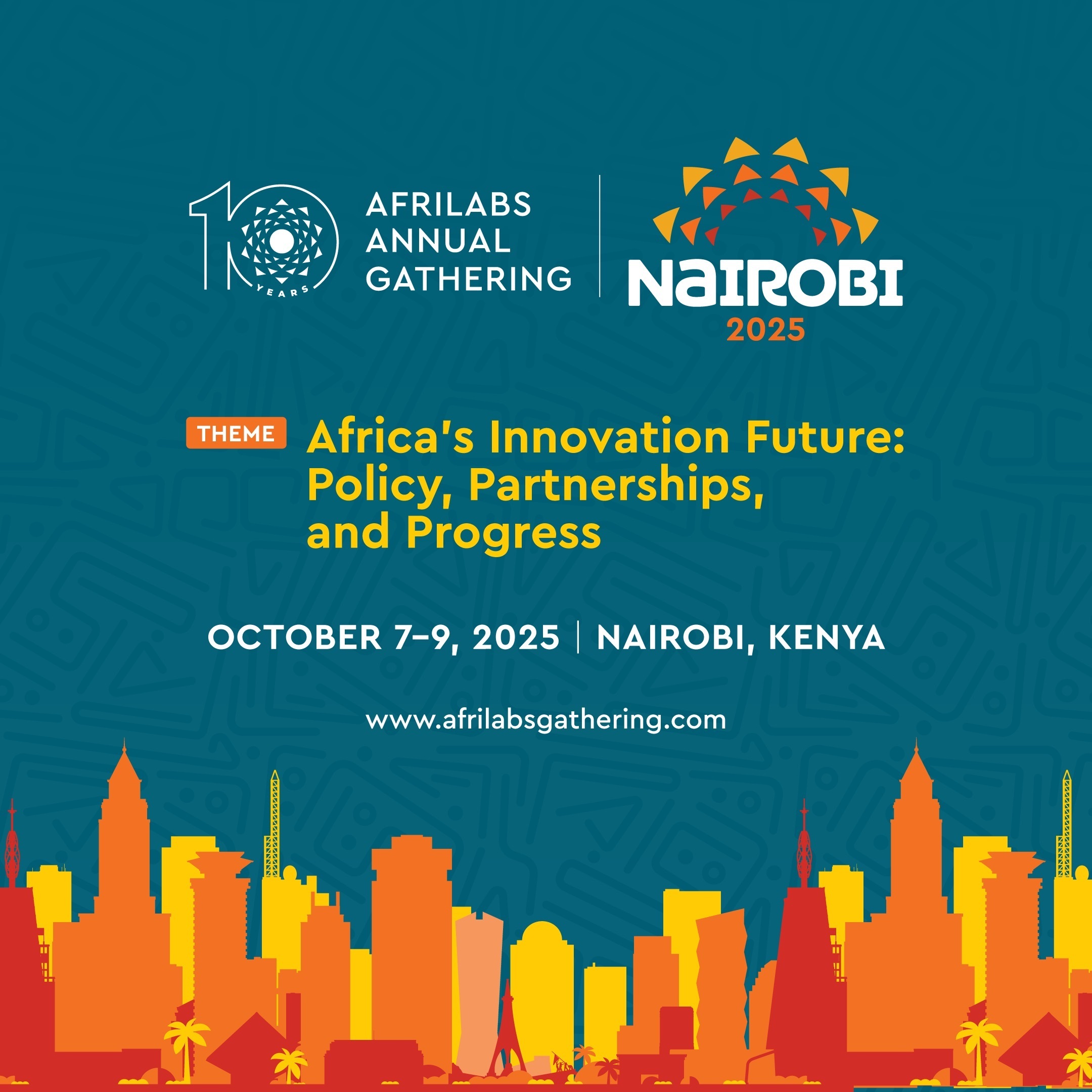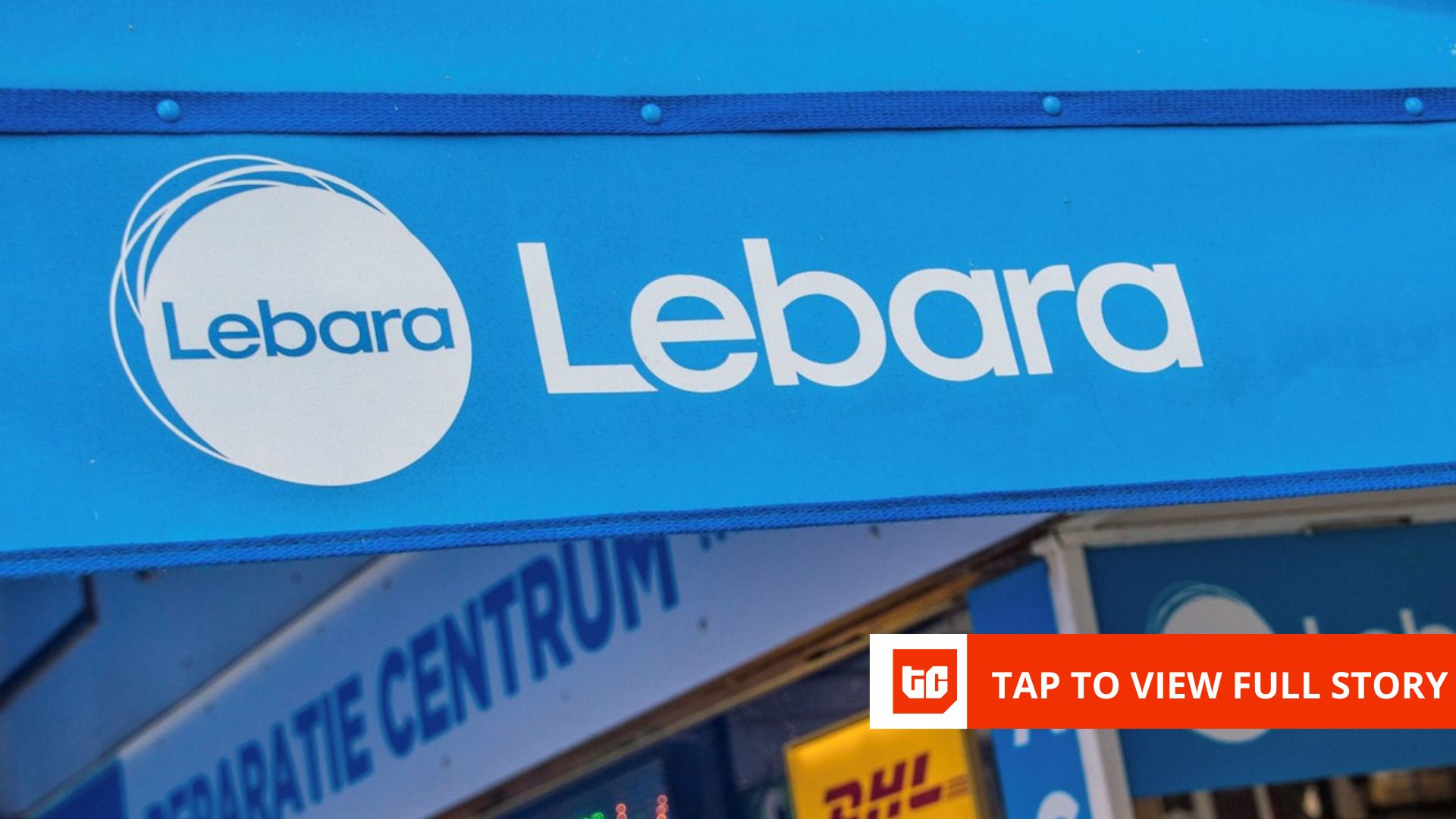Earlier this week, I reported that Moniepoint employees sold part of their shares for $870,000. After a similar Arnergy story, the online reaction was swift. Readers loved it, urging more founders to do the same. These moments are inspiring, but still rare in African tech. More often than not, employee shares aren’t worth the paper they’re printed on.
However, this is less an indictment of startups and more a reflection of how young Africa’s tech ecosystem still is. With time and more success stories, employee rewards like this will likely become more common. To prepare our readers for that (hopefully immediate) future, today’s edition of Next Wave will explore everything you need to know about employee stock option plans (ESOPs)—and how they can work for your company.
What are ESOPs, and how do they work?
When a young founder starts assembling her dream team, she often faces a tough choice: go it alone or persuade talented people to join her for a modest salary and a stake in the company. With limited capital and high market salaries, equity becomes a powerful tool to attract top talent.
ESOPs let employees own a part of the company they work for. Instead of just earning a salary, staff receive shares or the option to buy shares in the future. In the tech world, where startups often can not pay high salaries at the beginning, ESOPs are a popular way to attract great talent and build a strong sense of teamwork and ownership.
Next Wave continues after this ad.
Founders set aside a percentage of the company’s equity, often around 10–15% in early stages, as an option pool from which grants are made to employees.
Each grant either awards employees shares directly or allows them to buy shares at a fixed price, typically set at the fair market value on the grant date. In the U.S., startups use a 409A valuation to determine this value, ensuring compliance with tax rules. The bet is that the company’s share price will rise over time, allowing employees to buy low and sell high when an exit, like an acquisition or secondaries, occurs.
Because private company shares are illiquid, startup ESOPs include vesting schedules to reward long-term commitment. The most common structure is four years with a one-year cliff: employees earn 25% of their options after the first year, with the rest vesting gradually, typically monthly, over the next three. Those who leave before the cliff forfeit all options; those who stay keep what’s vested.
Many companies include a post-termination exercise window—often 90 days—during which departing employees must exercise vested options or lose them. Startups may also offer additional grants to high performers (Arnergy, for instance, used this approach) or long-serving staff who’ve fully vested their initial options, keeping top talent engaged and incentivised.
In privately held startups, employees usually can’t cash out their stock until a liquidity event because there’s no public market for the shares. Until then, stock options remain a deferred reward. This makes ESOPs especially tricky in emerging markets where exits are rare. Employees must often bet on the company’s future success while earning below-market salaries. Still, startups use ESOPs to attract talent they couldn’t otherwise afford, trading ownership for loyalty and long-term commitment.
Some success stories
Silicon Valley provided most examples of ESOP-driven wealth creation in the past, but today, the practice is spreading globally. Emerging market startups are increasingly adopting ESOPs to attract talent and share the upside of growth.
In India, a startup boom over the past decade has brought a broader embrace of ESOPs, with some of the largest unicorns delivering landmark liquidity events for employees. One of the most impressive liquidity events was when Flipkart, an e-commerce startup acquired by Walmart, set the standard for employee stock option payouts in emerging markets.
When the American giant acquired a majority stake in Flipkart in 2018 at a $20 billion valuation, Flipkart initiated an $800 million ESOP buyback for current and former employees. Over 6.2 million employee-held shares were repurchased at ~$126 per share. The deal minted hundreds of dollar millionaires and rewarded thousands of others with significant windfalls.
Next Wave continues after this ad.
Not long after, in 2021, Grab rose from a ride-hailing startup to Southeast Asia’s super app and went public on NASDAQ through an SPAC merger. That listing allowed hundreds of employees to convert their equity to liquid stock, and many early staff members became paper millionaires overnight.
The IPO windfall created a new challenge: retaining employees who now had significant wealth. Grab responded with staggered lock-up periods and urged long-term holding, though some post-listing attrition was inevitable.
In 2020, Nigerian fintech startup Paystack was acquired by Stripe for a reported $200 million – one of Africa’s largest tech acquisitions to date. Paystack had an ESOP pool, and although details are private, it’s well-known that early employees benefited from the buyout.
How to set up an ESOP
Establishing an ESOP is both a strategic and legal undertaking, and it’s one of the most powerful tools a founder has to build loyalty, attract talent, and align long-term incentives. The first step is understanding why you’re creating one. Is it to hire aggressively while conserving cash? To retain top performers? Or to pave the way for succession or a future IPO? Your objectives should shape the design. For instance, a company planning rapid scale may need a larger option pool upfront, while a closely held firm focused on long-term ownership transfer may lean toward a trust structure.
Once the goal is clear, legal and board approvals follow. Most jurisdictions, like Nigeria and India, permit ESOPs with proper board or shareholder resolutions. If the company’s Articles of Association don’t allow it, they’ll need to be amended. After legalities are in place, the next decision is how much equity to allocate. Being generous early helps attract talent; planning for refresh grants helps retain them.
Equally important is vesting. The typical four-year vesting period protects companies from rewarding short-stayers while encouraging longer commitments. Founders should be clear about what happens during leaves, exits, or a change of control. Many startups also offer refresher grants or retention awards to keep key people engaged after their initial grant is fully vested.
By law, stock options must be priced at or above fair market value. U.S. startups rely on 409A valuations; elsewhere, startups use local equivalents. Strike prices must be communicated clearly—employees need to know what they’re paying to own a stake in the business. As valuations rise, companies often reduce grant sizes to preserve pool longevity without diluting new hires’ incentive value.
After these, legal documents formalise the plan, including the overarching ESOP agreement and individual grant letters. Together, they spell out how much equity an employee gets, how it vests, what happens on departure, and what the rules are around exercising and selling. Non-transfer clauses, repurchase rights, and confidentiality terms are standard, especially in private companies.
The most overlooked but crucial piece is education. Employees need to understand what they’re getting—how options work, what exercising means, how taxes factor in, and what happens at an IPO or acquisition. Both Moniepoint and Arnergy did this. Many startups make the mistake of handing out options but never explaining them. If employees don’t understand how to value their stake, it loses motivational power.
Ongoing administration is vital as founders must maintain accurate records of the cap table, vesting schedules, and exercises. As the company raises new capital, the ESOP pool will likely need a top-up. Some investors often demand this. Founders should anticipate this dilution, ideally over-provisioning before a raise.
Next Wave ends after this ad.
Muktar Oladunmade
Associate Reporter, .
Feel free to email muktar[at]bigcabal.com, with your thoughts about this edition of NextWave. Or just click reply to share your thoughts and feedback.
We’d love to hear from you
Psst! Down here!
Thanks for reading today’s Next Wave. Please share. Or subscribe if someone shared it to you here for free to get fresh perspectives on the progress of digital innovation in Africa every Sunday.
As always feel free to email a reply or response to this essay. I enjoy reading those emails a lot.
TC Daily newsletter is out daily (Mon – Fri) brief of all the technology and business stories you need to know. Get it in your inbox each weekday at 7 AM (WAT).
Follow on Twitter, Instagram, Facebook, and LinkedIn to stay engaged in our real-time conversations on tech and innovation in Africa.











